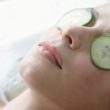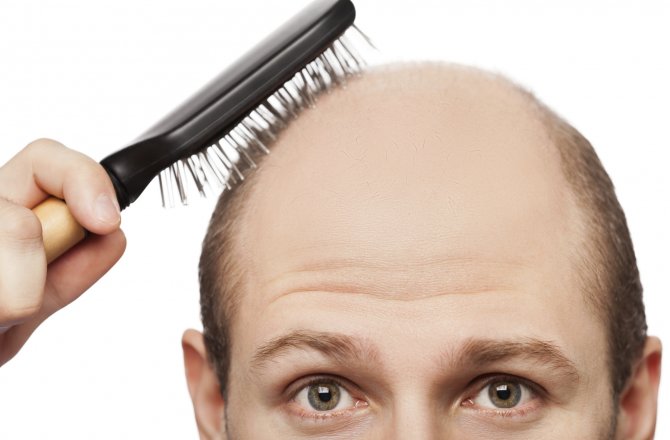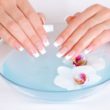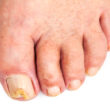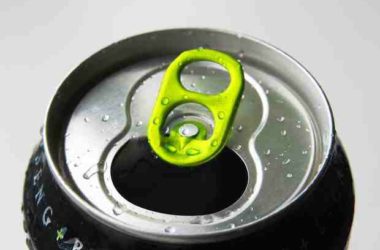A lot of beliefs has been said about our crowning glory – the hair. Which of these are true? Which of the following should be ignored?
We list down hair’s common beliefs and separate the truth from fallacies.
Myth #1: Plucking one gray hair will result to two grown hair back in its place.
- This statement seems to be true because one gray usually means more grays. Once you already have gray hair, more silver strands will surface. Do not blame your gray hair to plucking itself.
- However, never pluck your grays as it will make your hair weaker when you do excessive plucking. This will eventually lead to cease hair growth. If you notice that your hair is turning gray, it is time to celebrate it or book an appointment with your colorist.
Myth #2: Brushing your hair 100 times a day makes it healthy.
- There is no truth to this myth. In fact, too much brushing of your hair may do more harm than good. Excessive brushing can damage your hair’s cuticle. Brush your hair to untangle the strands. Do not overdo it.
Myth #3: Frequent hair trimming allows your locks to grow rapidly.
- Trimming your hair does not affect growth. The growth happens at the scalp. However, the reason why your hair stylist recommends having your hair trimmed every six to eight weeks is to make them appear fuller. When you have frayed ends, it makes your hair look thinner, causing breakage so it is essential to get a haircut.
Myth #4: Shampooing may cause hair fall.
- This is a lie. Most people associate hair fall to shampooing. If you cut back on washing in an effort to spare your hair, this move will create oil build-up causing inflammation, which hinders hair growth. Address your falling hair problems by determining the real cause of the problem. Most of the time, stress contributes to shedding of your hair. If stress is the culprit, de-stressing is the key to combat it. You may also add essential oils like lavender, tea tree oil or rosemary to your shampoo. These oils stimulate hair growth according to a Journal of Cosmetic Dermatology review.
Myth #5: Sudsy shampoos clean your hair better.
- Many associate shampoo’s lather with cleanliness. The sulfates found in most shampoos are foaming agent that can fade your color if you dye your hair. The American Cancer Society has deemed sulfates safe; however, some lab tests suggest this foaming agent might pose a cancer risk.
- To be safe, use a sulfate-free shampoo that has glycerine. Glycerin creates soapy lather without risks.
Myth #6: Wash your hair every other day.
- Everyone’s hair is different. What you need to do is to pay attention to the appearance and feel of your hair. If you notice that your hair is oily at the roots, wash it. For people with dry hair, they may want to let their scalp become slightly oily to be sure that they are not over-washing it.
Myth #7: Wearing a hat can cause hair loss.
- This is also a false statement. Baldness or hair loss is commonly genetics. Other factors that contribute to hair loss are high testosterone level and stress. If you have observed that, you are experiencing the first signs of hair loss, no need to hide under your hat. Hair loss remedy like minoxidil can offer help in preventing hair loss.
Myth #8: Towel drying your hair after bath.
- This myth is untrue. Do not towel dry your hair after bath. This technique rubs your hair vigorously and is rough on your hair, promoting breakage. The better way to do it is to squeeze your hair gently using a towel and then comb it with a wide-toothed comb to remove excess water.
Myth #9: Dandruff means dry scalp.
- Not true. Oily scalp is the reason why you have dandruff. A type of yeast that tends to overgrow in an oily environment causes this condition. Hence, dandruff is the result of your body’s reaction to the yeast. Cutting down on cleansing your hair to reduce dandruff can worsen your scalp’s condition. It is advisable to use anti-dandruff shampoo to remedy but do not lessen your suds sessions.





